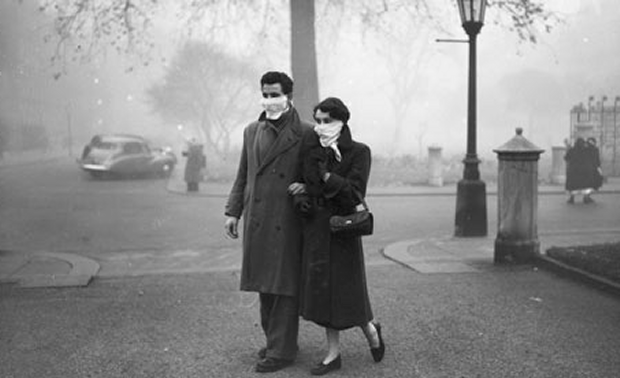Daisy Goodwin
By
Penn Kemp
Smog Alert
Throughout our listening area
light pollution. Evening haze drifts
down from some secret smelter
depending on which wind blows. Small
particulate matter fills the air, fills
our lungs with tiny lumps that hang there
undetected. Except we can no longer fully
breathe. Cosmic clouds descend upon us.
Below breath. Below thought. Below bellow.
Probability of precipitation. Mixed rain
and thundershowers. Severe weather
warning. War in heaven, warming
torrents into twisters. Forecast unforeseen.
The radio calls for showers. Fog patches.
Clouds clog the mind, crowding thought.
Now calm come … clear of cloud…
I’m thinking stars. Or stars are thinking me.
Where are they? Beyond the veil, still
twinkling, emitting their own dust trails.
Gender Bias Even Among the Elements
Hurricanes were first named for the saint’s
day on which they surfaced, stark mnemonic.
Then World War II meteorologists plotted
Pacific storms by women’s names. Ever
since 1980, hurricanes are called equally
after men and women. And so we learn—
“Much gender bias is more automatic,
ambiguous and ambivalent than people
typically assume.” The more masculine
the name, the more respect for a hurricane.
Sound familiar? Bring on mysteries inherent
in the mélange between culture and element:
“Researchers find that female-named hurricanes
kill about twice as many people as similar male-
named hurricanes because some people under-
estimate them. Americans expect male hurricanes
to be violent and deadly, but they mistake female
hurricanes as dainty or wimpish and don’t take
adequate precautions.” This trite assumption
neglects the power of words and ends in salt tears.



Gorgeous writing. Profound meaning!